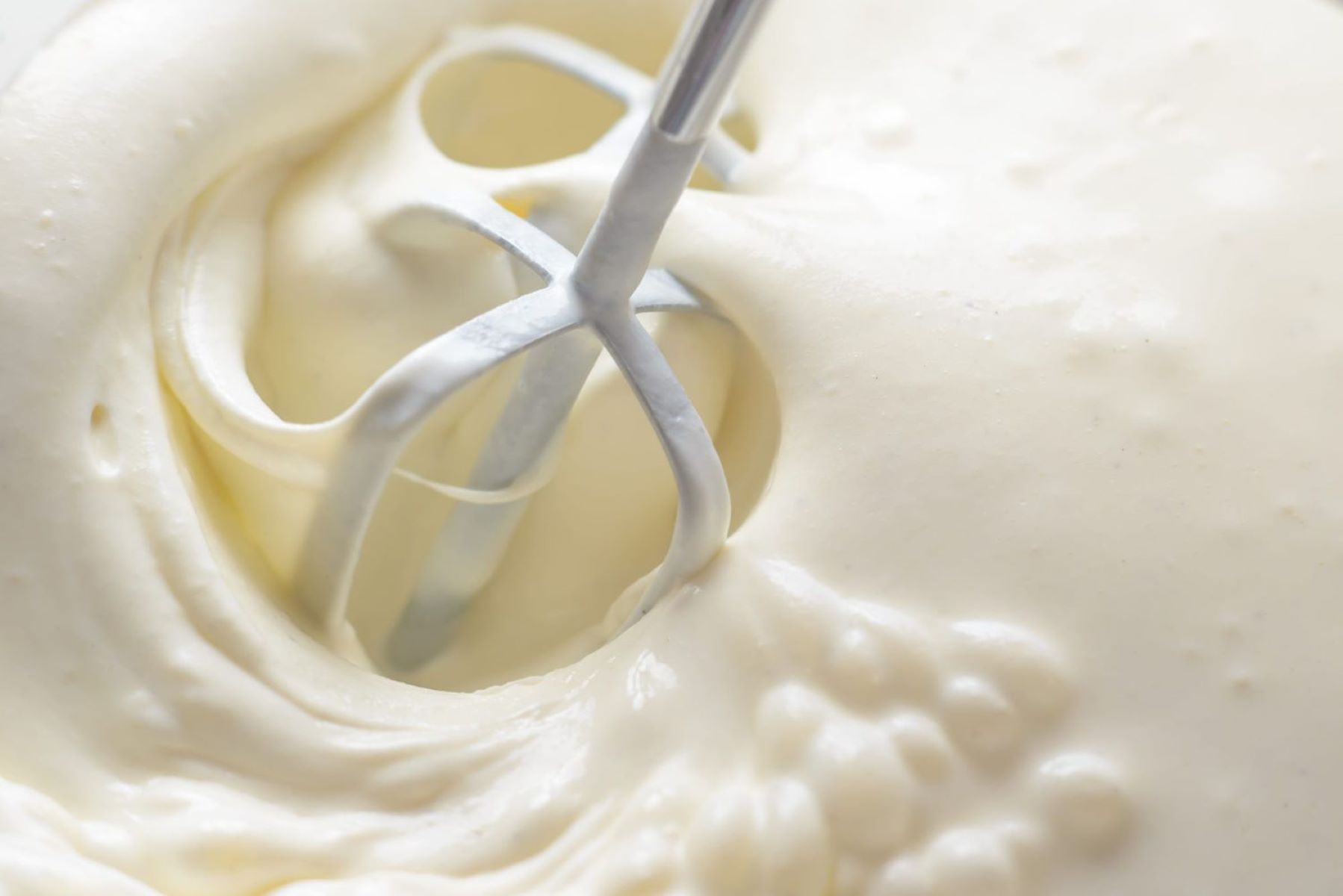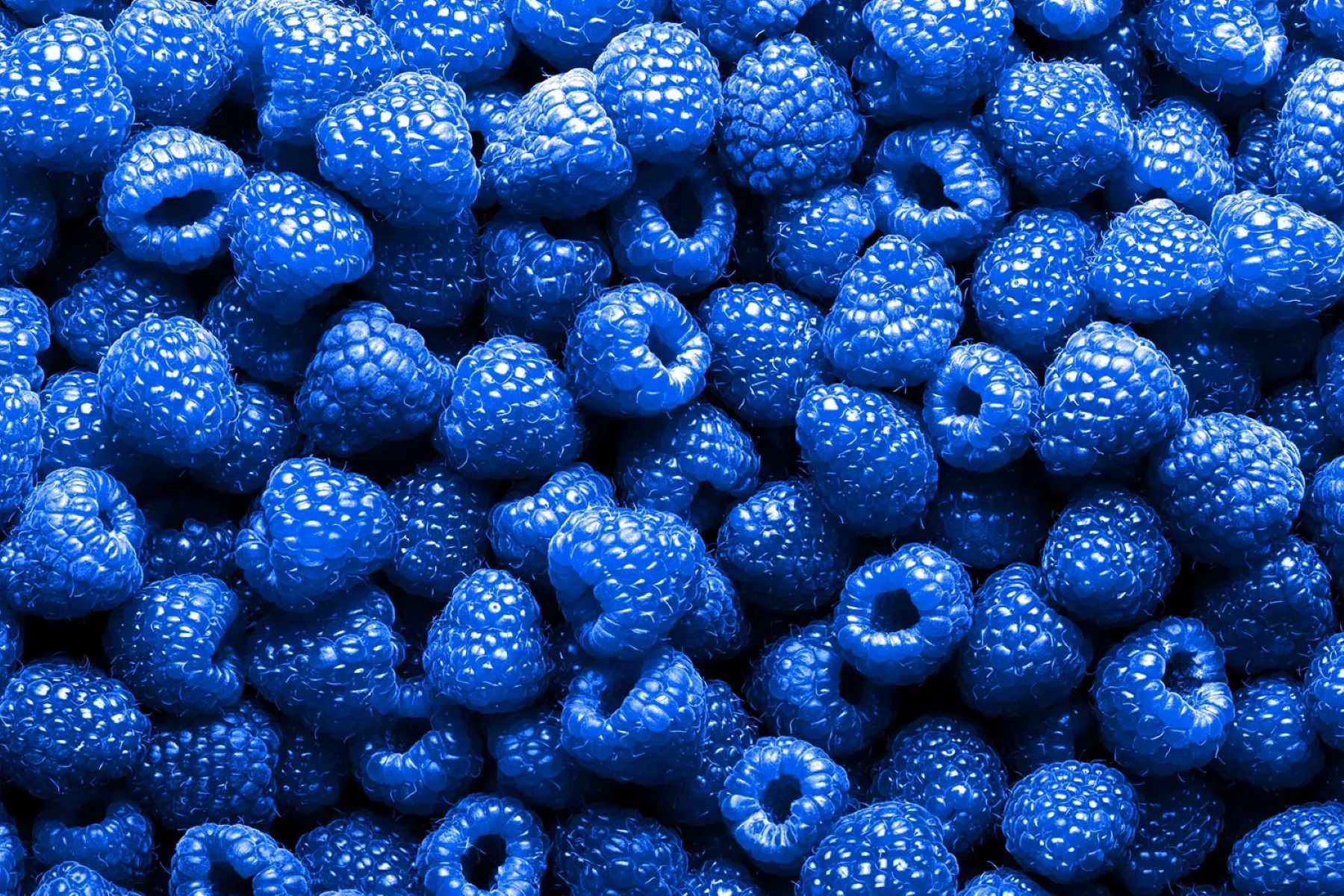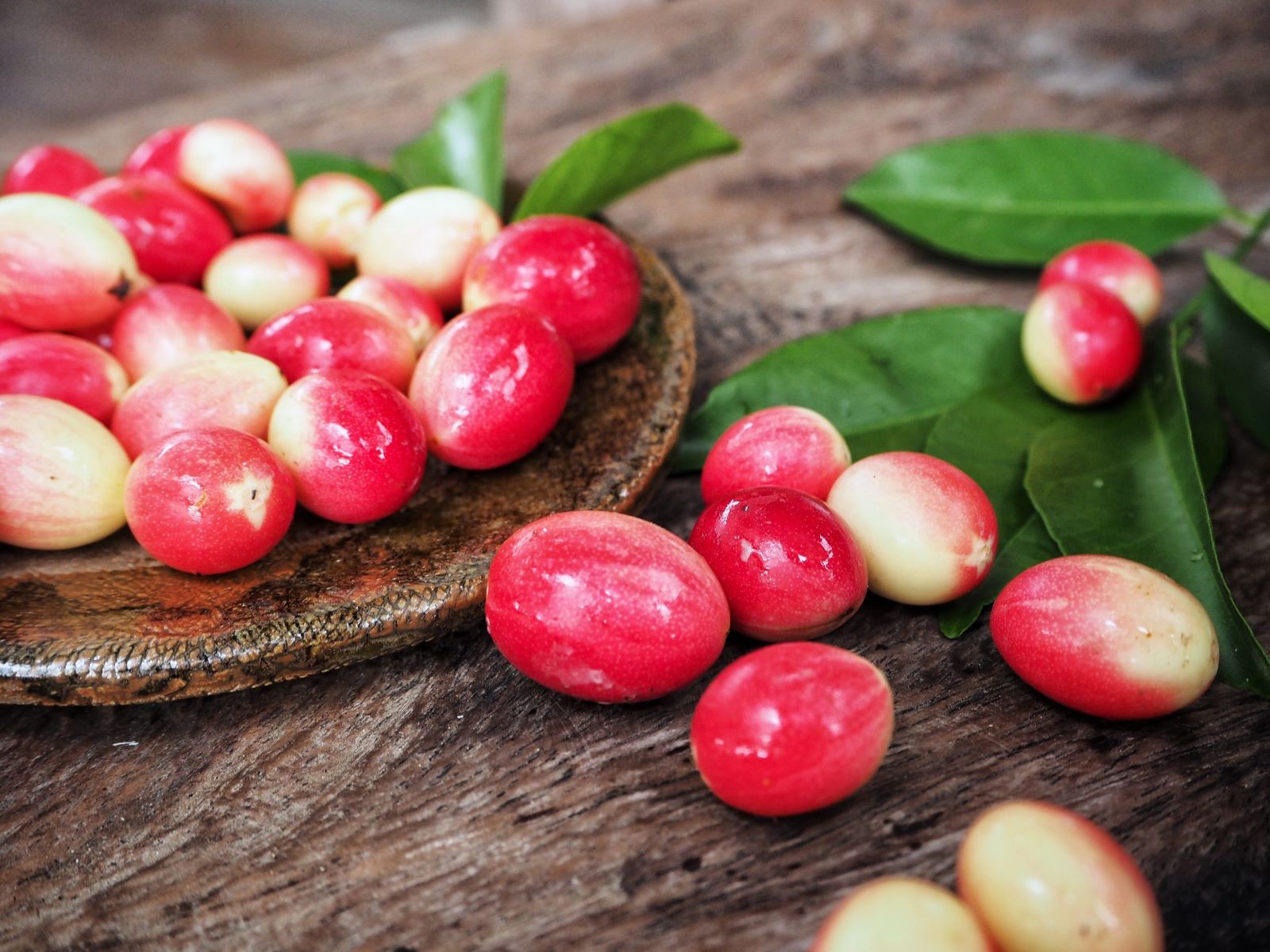Home>Food and Cooking>Discover The Surprising Truth: Cool Whip Vs. Real Whipped Cream – Which Is Healthier?


Food and Cooking
Discover The Surprising Truth: Cool Whip Vs. Real Whipped Cream – Which Is Healthier?
Published: January 31, 2024
Discover the surprising truth about Cool Whip vs. real whipped cream and find out which is healthier. Explore the differences in this food and cooking comparison.
(Many of the links in this article redirect to a specific reviewed product. Your purchase of these products through affiliate links helps to generate commission for Regretless.com, at no extra cost. Learn more)
Table of Contents
Introduction
When it comes to topping off your favorite desserts or adding a dollop of creamy goodness to your coffee, the choice between Cool Whip and real whipped cream can be a perplexing one. Both options offer a luscious texture and delightful flavor, but the debate over which is the healthier choice has sparked considerable interest and curiosity among food enthusiasts and health-conscious individuals alike.
As we delve into the intriguing comparison between Cool Whip and real whipped cream, we'll uncover surprising insights into their nutritional profiles, ingredient compositions, and the potential health implications associated with each option. By shedding light on these aspects, we aim to empower you with the knowledge needed to make informed decisions about your culinary creations and dietary preferences.
Let's embark on a journey through the realms of creamy toppings, where we'll unravel the mysteries behind the labels and explore the implications of choosing between convenience and tradition, health and indulgence. Get ready to navigate the tantalizing world of Cool Whip and real whipped cream, where the quest for the perfect topping meets the quest for a healthier lifestyle.
Read more: Think Bar Vs. Quest Bar: Which Is Healthier?
What is Cool Whip?
Cool Whip is a popular non-dairy whipped topping that has become a staple in many households and commercial kitchens. Marketed as a convenient and long-lasting alternative to traditional whipped cream, Cool Whip boasts a smooth and creamy texture that can effortlessly elevate a wide array of desserts, fruit salads, and beverages.
This beloved topping was first introduced by the Kraft Foods company in 1966, revolutionizing the way consumers approached dessert preparation. Unlike traditional whipped cream, Cool Whip is formulated using a combination of water, hydrogenated vegetable oil, high fructose corn syrup, and various stabilizers and emulsifiers. These ingredients contribute to its stable texture and extended shelf life, making it an attractive option for those seeking a convenient and readily available topping.
One of the key selling points of Cool Whip is its versatility and ease of use. It can be conveniently stored in the freezer, ready to be thawed and used whenever needed, eliminating the need for labor-intensive whipping and sweetening of cream. Moreover, its ability to hold its shape for extended periods makes it an ideal choice for decorative purposes, such as frosting cakes and piping intricate designs onto desserts.
While Cool Whip has garnered a loyal following for its convenience and reliability, it is important to note that its non-dairy composition sets it apart from traditional whipped cream. This distinction has sparked debates regarding its nutritional value, health implications, and overall comparison to real whipped cream. As we delve deeper into the world of creamy toppings, we'll uncover the intricacies of Cool Whip and gain a deeper understanding of its role in the culinary landscape.
What is Real Whipped Cream?
Real whipped cream, also known as whipped heavy cream or Chantilly cream, is a luxurious and indulgent topping that has stood the test of time. It is created by whipping heavy cream until it reaches a light and airy consistency, resulting in a delectably smooth and velvety texture. This simple yet exquisite creation has been adorning desserts, hot beverages, and confections for centuries, adding a touch of decadence to every indulgence.
The process of making real whipped cream involves whisking or using a mixer to incorporate air into the cream, causing it to expand and develop a delightful frothy texture. Unlike its non-dairy counterparts, real whipped cream is crafted from a single ingredient: heavy cream. This purity and simplicity contribute to its rich and authentic flavor, making it a beloved choice for discerning palates and culinary purists.
The appeal of real whipped cream lies not only in its sumptuous taste and texture but also in its unrivaled versatility. Whether it's adorning a slice of pie, complementing a piping hot mug of cocoa, or enhancing the flavors of fresh berries, real whipped cream effortlessly elevates the sensory experience of any dish it graces. Its natural richness and delicate sweetness harmonize with a myriad of flavors, creating a symphony of taste and texture with every spoonful.
In addition to its culinary allure, real whipped cream offers a distinct advantage in its nutritional composition. Heavy cream, the sole ingredient in real whipped cream, is a rich source of fat and imparts a luxurious mouthfeel to the finished product. When consumed in moderation, the natural fats in heavy cream can contribute to a satisfying and satiating dining experience. Furthermore, real whipped cream is free from the artificial additives and preservatives often found in non-dairy alternatives, aligning with the preferences of those seeking wholesome and minimally processed options.
As we navigate the realm of real whipped cream, we unravel the timeless elegance and unparalleled decadence it brings to the table. This classic indulgence continues to captivate hearts and palates, embodying the essence of pure, unadulterated culinary delight.
Nutritional Comparison
When evaluating the nutritional aspects of Cool Whip and real whipped cream, it's essential to delve into their respective compositions and impact on dietary intake. Cool Whip, being a non-dairy whipped topping, offers a distinct set of nutritional characteristics compared to its traditional counterpart, real whipped cream.
Cool Whip, while prized for its convenience and longevity, contains a blend of water, hydrogenated vegetable oil, high fructose corn syrup, and various stabilizers and emulsifiers. These components contribute to its smooth texture and extended shelf life. However, it's important to note that Cool Whip is relatively low in essential nutrients, such as protein and calcium, due to its non-dairy nature and the absence of natural dairy components.
On the other hand, real whipped cream, crafted solely from heavy cream, presents a richer nutritional profile. Heavy cream is a significant source of fat, providing a creamy mouthfeel and satiating quality to dishes. Additionally, it contains essential nutrients, including fat-soluble vitamins like vitamin A, which contribute to overall dietary intake and well-being.
From a caloric perspective, both Cool Whip and real whipped cream contain a comparable amount of calories per serving, with slight variations depending on the specific brands and formulations. However, the source of these calories differs significantly. Cool Whip derives a significant portion of its calories from hydrogenated vegetable oil and high fructose corn syrup, while real whipped cream derives its calories primarily from the natural fats present in heavy cream.
In terms of sugar content, Cool Whip often contains added sugars to enhance its sweetness and palatability. In contrast, real whipped cream typically contains minimal to no added sugars, allowing the natural flavors of the heavy cream to shine through without excessive sweetness.
When considering the nutritional comparison between Cool Whip and real whipped cream, it becomes evident that real whipped cream offers a more wholesome and nutrient-dense option due to its natural composition and inherent nutritional benefits. While both toppings contribute to overall caloric intake, the nutritional value derived from real whipped cream aligns more closely with a balanced and minimally processed dietary approach.
As we navigate the nutritional landscape of these creamy toppings, it's essential to consider the broader implications of their consumption on overall dietary patterns and health outcomes. By understanding the nutritional disparities between Cool Whip and real whipped cream, individuals can make informed choices that align with their dietary preferences and wellness goals.
Ingredients Comparison
The comparison of ingredients between Cool Whip and real whipped cream sheds light on the fundamental disparities that define these beloved toppings. Cool Whip, as a non-dairy alternative, is formulated using a blend of water, hydrogenated vegetable oil, high fructose corn syrup, and various stabilizers and emulsifiers. These components are meticulously combined to create a smooth and stable texture, ensuring that Cool Whip maintains its form and palatability over extended periods.
In contrast, real whipped cream is a product of simplicity, consisting solely of heavy cream. This singular ingredient undergoes the transformative process of whipping, resulting in a luxurious and airy texture that epitomizes the essence of pure indulgence. The absence of artificial additives and preservatives in real whipped cream aligns with the preferences of those seeking minimally processed and wholesome culinary options.
The ingredient comparison between Cool Whip and real whipped cream unveils the divergent paths that these toppings traverse. Cool Whip relies on a blend of synthetic and processed components to emulate the texture and stability of traditional whipped cream, while real whipped cream celebrates the purity and richness of heavy cream as the sole protagonist in its creation.
This juxtaposition of ingredients underscores the contrast between convenience and tradition, artificiality and authenticity. While Cool Whip offers unparalleled convenience and a prolonged shelf life, its reliance on non-dairy components and processed additives raises questions about its alignment with natural and wholesome dietary choices. On the other hand, real whipped cream, with its unadulterated composition and rich flavor, embodies the timeless allure of pure, natural ingredients and their irreplaceable role in culinary excellence.
As consumers navigate the realm of creamy toppings, the ingredients comparison serves as a beacon of insight, illuminating the distinct paths taken by Cool Whip and real whipped cream in their quest to adorn and enhance culinary creations. This exploration of ingredients provides a deeper understanding of the choices available to individuals seeking the perfect balance between convenience, tradition, and nutritional integrity in their culinary pursuits.
Read more: The Ultimate Guide To Dog-Friendly Whipped Cream: Discover The Safe And Delicious Options!
Health Implications
The health implications of choosing between Cool Whip and real whipped cream extend beyond their immediate nutritional profiles and delve into broader considerations of dietary impact and long-term well-being. As individuals navigate the culinary landscape and make decisions regarding these creamy toppings, it's essential to weigh the potential effects on overall health and lifestyle choices.
Cool Whip, with its non-dairy composition and reliance on processed ingredients such as hydrogenated vegetable oil and high fructose corn syrup, raises concerns regarding its alignment with a health-conscious dietary approach. The presence of hydrogenated oils, which contain trans fats, has been linked to adverse effects on cardiovascular health, including elevated levels of LDL (low-density lipoprotein) cholesterol and increased risk of coronary artery disease. Additionally, high fructose corn syrup, a common sweetening agent in processed foods, has been associated with metabolic disturbances and may contribute to insulin resistance when consumed in excess.
In contrast, real whipped cream, crafted from heavy cream, offers a more natural and wholesome option with potential health benefits when consumed in moderation. The natural fats present in heavy cream provide a sense of satiety and satisfaction, contributing to a balanced and enjoyable dining experience. Furthermore, the absence of synthetic additives and preservatives in real whipped cream aligns with the preferences of individuals seeking minimally processed and nutrient-dense dietary choices.
It's important to recognize that both Cool Whip and real whipped cream contribute to overall caloric intake, and moderation is key when incorporating these toppings into a balanced diet. However, the divergent nutritional compositions and ingredient profiles of these options underscore the potential health implications associated with their consumption.
By considering the health implications of choosing between Cool Whip and real whipped cream, individuals can make informed decisions that align with their dietary preferences and wellness goals. Whether prioritizing natural and minimally processed ingredients or seeking convenience without compromising on health, the implications of these choices resonate with the broader narrative of mindful and balanced eating.
As we navigate the intriguing intersection of culinary indulgence and dietary well-being, the health implications of Cool Whip and real whipped cream serve as a compass, guiding individuals toward choices that harmonize with their holistic approach to health and nourishment.
Conclusion
In the tantalizing debate between Cool Whip and real whipped cream, the quest for the perfect topping converges with the pursuit of a healthier culinary choice. As we journey through the realms of creamy indulgence and dietary considerations, the nuances of these beloved toppings come to light, offering insights that resonate with both culinary enthusiasts and health-conscious individuals.
The comparison between Cool Whip and real whipped cream transcends mere nutritional analysis; it embodies a narrative of tradition, convenience, and the fundamental choices we make in our culinary pursuits. Cool Whip, with its non-dairy composition and reliance on processed ingredients, presents a convenient and long-lasting option that has earned a place in countless kitchens. However, its divergence from natural dairy components and the presence of synthetic additives raise questions about its alignment with wholesome and minimally processed dietary preferences.
On the other hand, real whipped cream stands as a testament to the timeless elegance of pure, unadulterated ingredients. Crafted solely from heavy cream, it embodies the richness and authenticity of traditional whipped cream, offering a luscious and indulgent topping that harmonizes with a balanced and natural approach to culinary creations.
In navigating the health implications of these choices, it becomes evident that the path to a healthier culinary choice is intertwined with the broader narrative of mindful and informed eating. While both options contribute to overall caloric intake, the inherent nutritional value and purity of real whipped cream align more closely with the principles of wholesome and minimally processed dietary choices.
As individuals embark on their culinary adventures and make decisions about creamy toppings, the comparison between Cool Whip and real whipped cream serves as a compass, guiding them toward choices that resonate with their dietary preferences and wellness goals. Whether seeking the convenience of a non-dairy alternative or embracing the richness of natural ingredients, the conclusion drawn from this exploration underscores the significance of informed decision-making in the realm of culinary indulgence and dietary well-being.
In the end, whether it's the allure of convenience or the timeless elegance of tradition, the choice between Cool Whip and real whipped cream reflects the broader narrative of balancing indulgence with mindful consumption, where each dollop of creamy goodness becomes a reflection of individual preferences and the quest for a healthier and more satisfying culinary experience.














